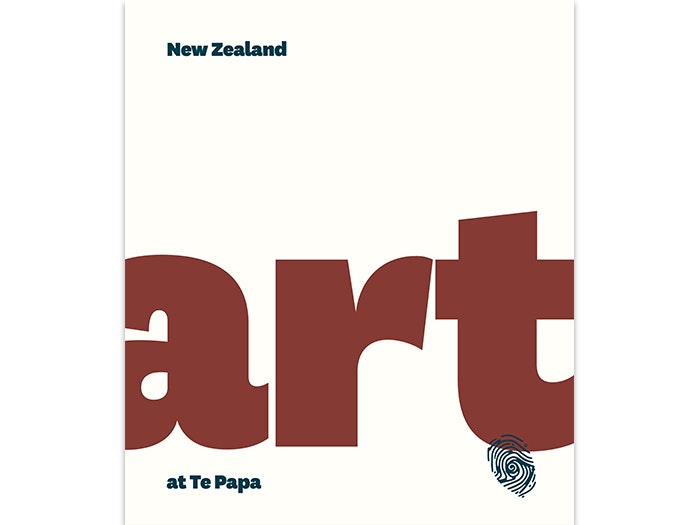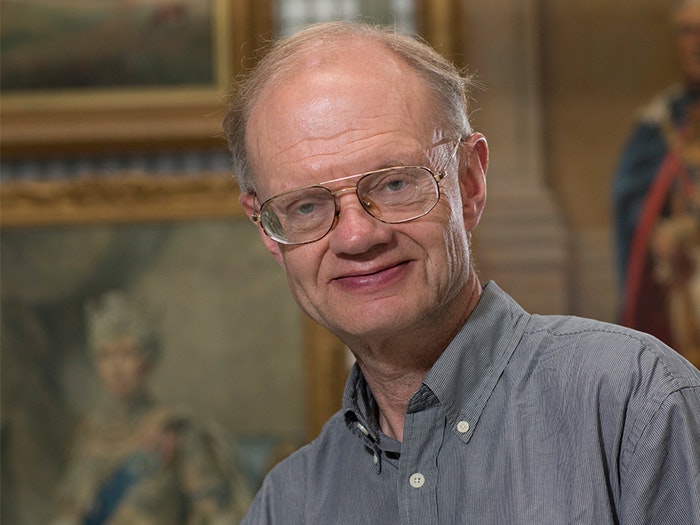
New Zealand Art at Te Papa
A survey of Te Papa’s treasure trove of New Zealand art
Free museum entry for New Zealanders and people living in New Zealand
Open every day 10am-6pm
(except Christmas Day)
Free museum entry for New Zealanders and people living in New Zealand
Mark Stocker discusses New Zealand Art at Te Papa with Te Papa Press.
Dr Mark Stocker is an art historian whose research is in late eighteenth to early-mid twentieth century art, particularly British and New Zealand art and especially sculpture, public monuments and numismatics (coins and medals). He has a broader interest in Victorian and Edwardian art and Art Deco. His current research includes Queen Victoria statuary in New Zealand, the sculpture of Kathleen Scott (widow of Scott of the Antarctic) and New Zealand’s coinage.
I am over the moon! Te Papa Press has done a lovely production job, friends have pored/pawed over my personal advance copy and just don’t want to let go. Now it’s over to the reviewers and Christmas shoppers. Enjoy!
Pride is a biblical sin, and to feel anything like this would be tempting providence. Let’s see how the wider world responds to it. If they like it, I might just permit myself a complacent grin.
With enthusiasm, of course. With pleasure and curiosity at the images, and with enjoyment as they read the helpful, intelligent and non-jargon-ridden texts. And with a sense of having learnt something when they’ve been through parts of it, or even the entirety. I’m hoping some readers will find it challenging and provocative too.
It was a balancing act. We were determined not to make it a worthy, canonical book, an earnest art history lesson. But we had to take heed of genuinely important works, so Captain Cook and the Northland Panels had to be there, but so are more quirky and surprising choices such as paintings by Marcus King and Felix Kelly. I think we were pretty bold in some of our choices. I was also pleased at the way colleagues were prepared to throw out works that were in its less ambitious predecessor, Cook to Contemporary, but which didn’t really cut it.
A hard one that, but I’m fond of Linley Richardson’s In Fancy Dress, with the stern Mr Richardson in evening dress and his three pretty daughters, especially the youngest with her pudding head, fairy wings and wand.
Probably John Johns, with the beautiful pictorial rigour of his photography, matched by a passionate concern for the environment.
To have no sense of an inferiority complex about non-customary Māori New Zealand art, and to appreciate its uniqueness, which previous art historians have underestimated. My introduction will explain the what and the why.
Although I dreaded it, I ultimately enjoyed writing the short historical introductions to each section in a very few hours. There’s a danger of crudity in applying ‘spirit of the age’ generalisations to whole swathes of art, but I like to think I got it right. And here’s yet another: I also discovered what a ‘fun’ exercise it is putting sometimes similar, sometimes cleverly related and sometimes dramatically contrasting images opposite each other. Here my colleagues were a great help. These juxtapositions could just influence real hangs in the future.
Get on with the job. Don’t procrastinate. Don’t hide from friendly, helpful and able colleagues at Te Papa Press and don’t keep anything from them. If somebody lets you down, have a reliable replacement handy and simply tell them what you need. They should come up with the goods. Or in a couple of instances, just do it yourself, with the help of a colleague or two. You’ll get away with it!
Unfortunately nothing for pleasure, because you’ve asked me at a particularly fraught moment. New Zealand Art at Te Papa is just one of three projects I am editing which are either in press – Tuhinga (Te Papa’s refereed journal, c. 185 pages long) – or just about to be, in the case of my ‘after 5’ project, Sculpting Art History: Essays in Memory of Benedict Read, published in London by the Public Monuments and Sculpture Association, and nearly 500 pages long. I’m too busy reading proofs of them both to bother with anything much else right now, though I do read The Guardian online and The New Yorker in my lunch break.

A survey of Te Papa’s treasure trove of New Zealand art
